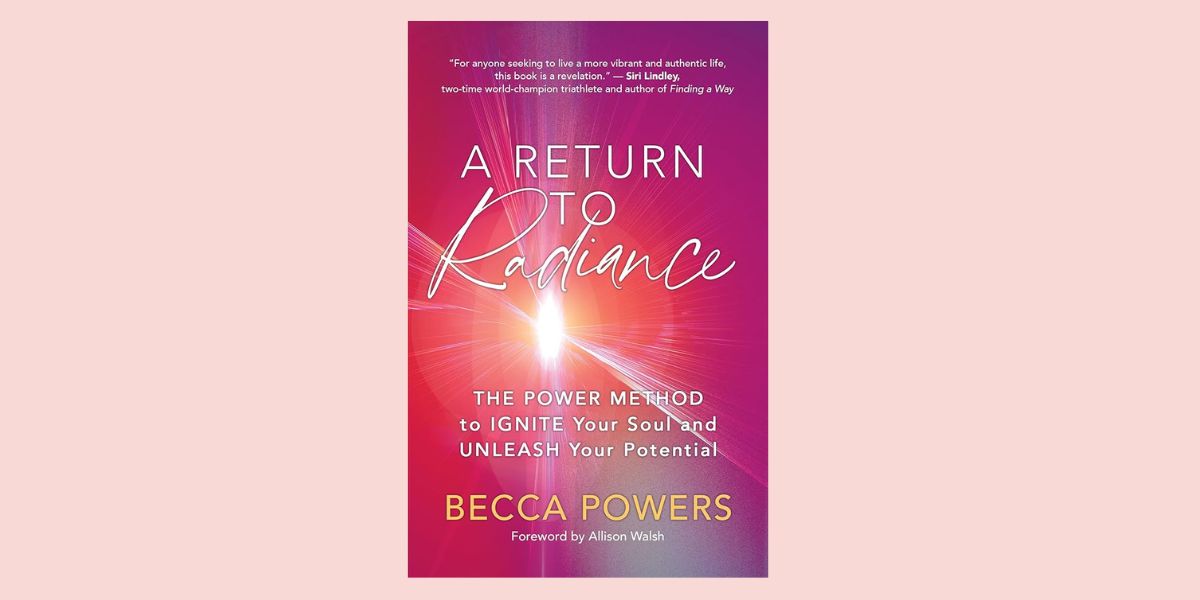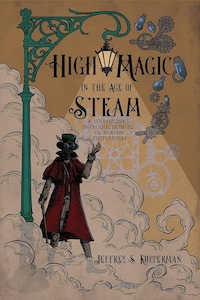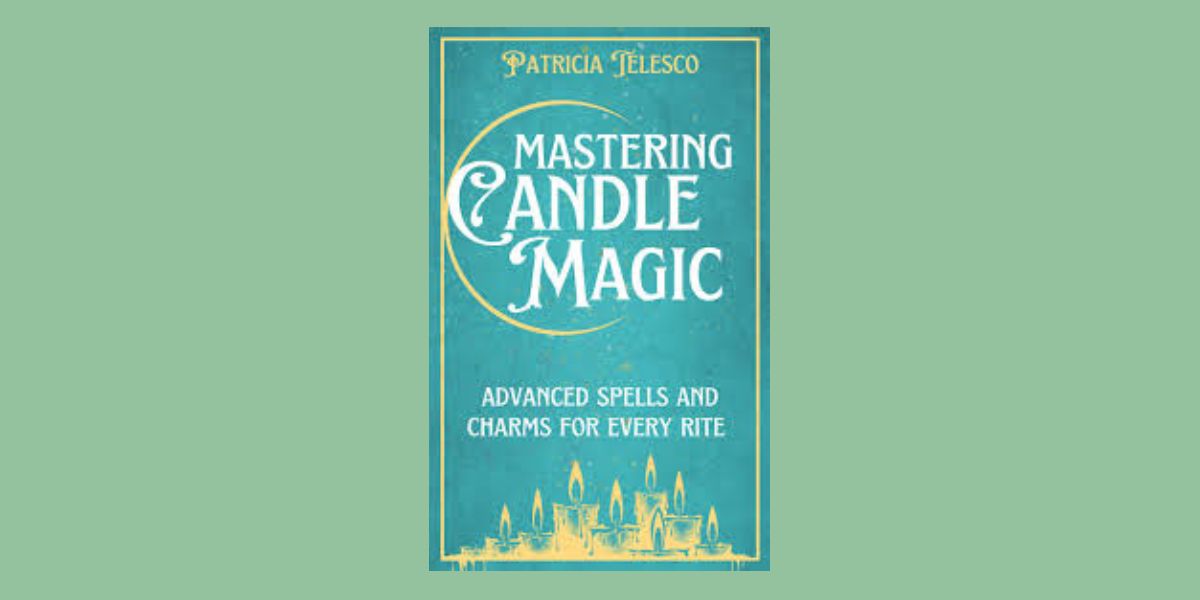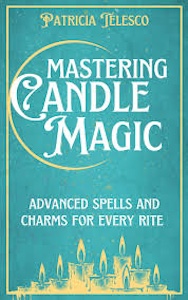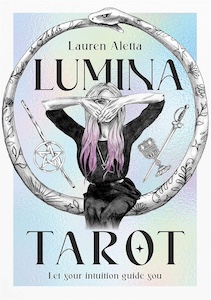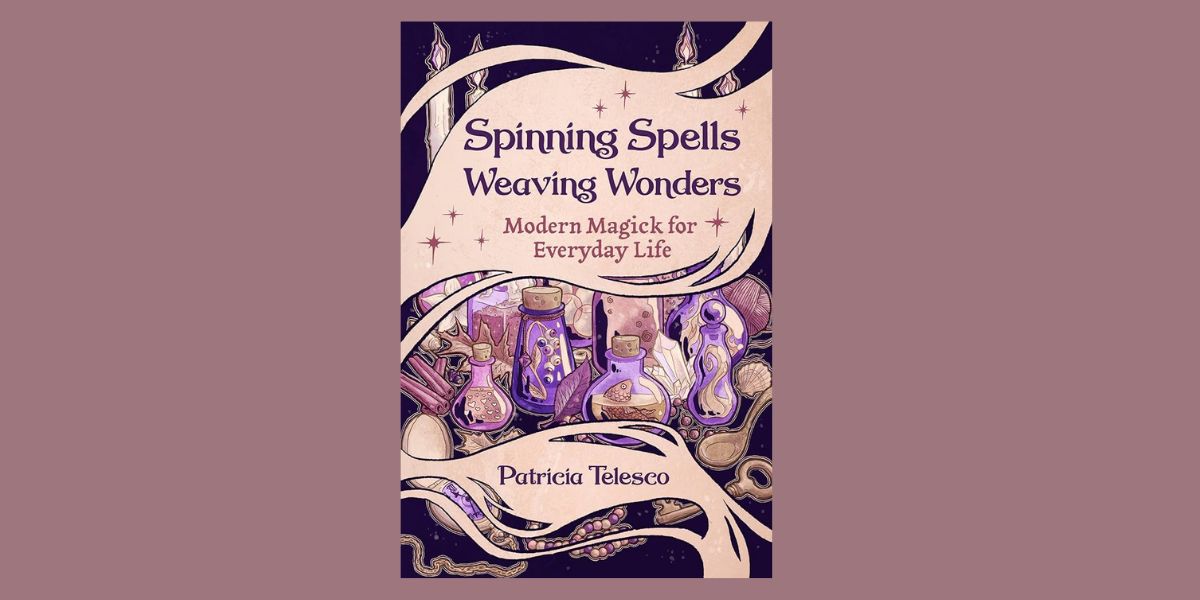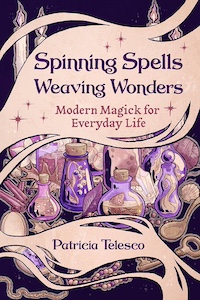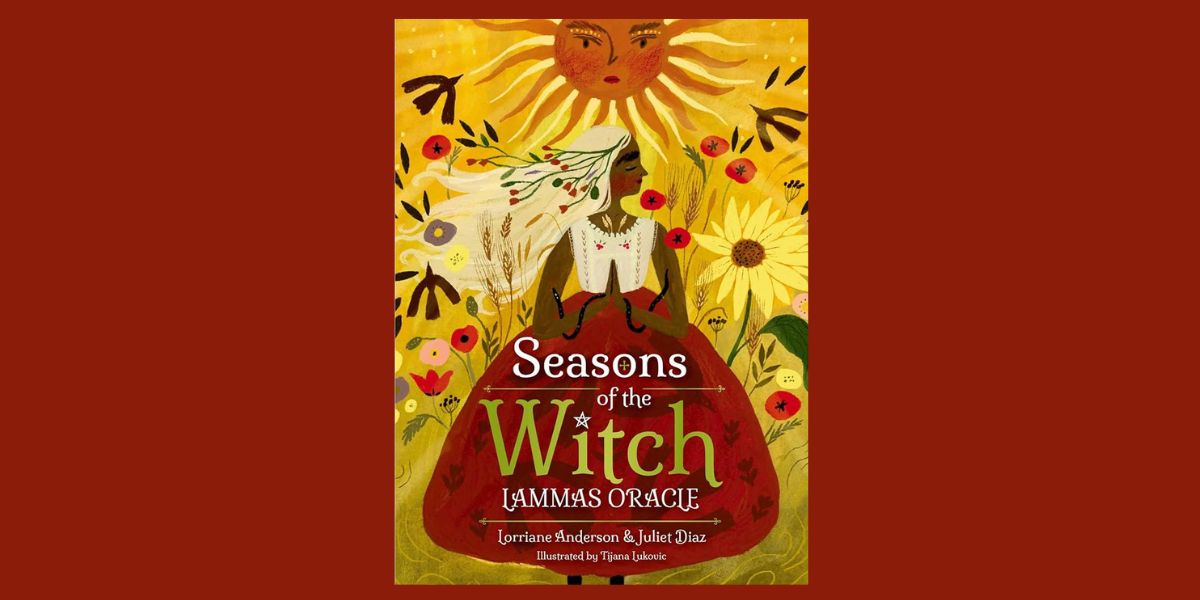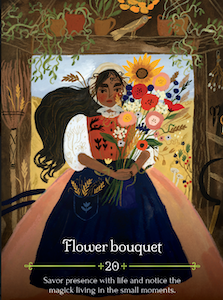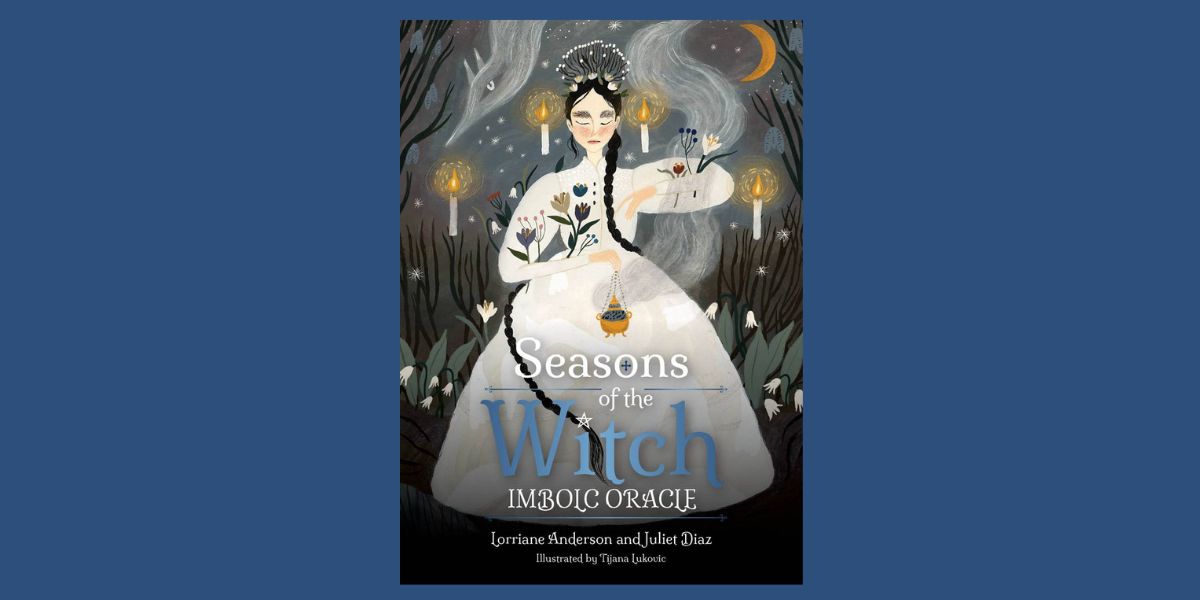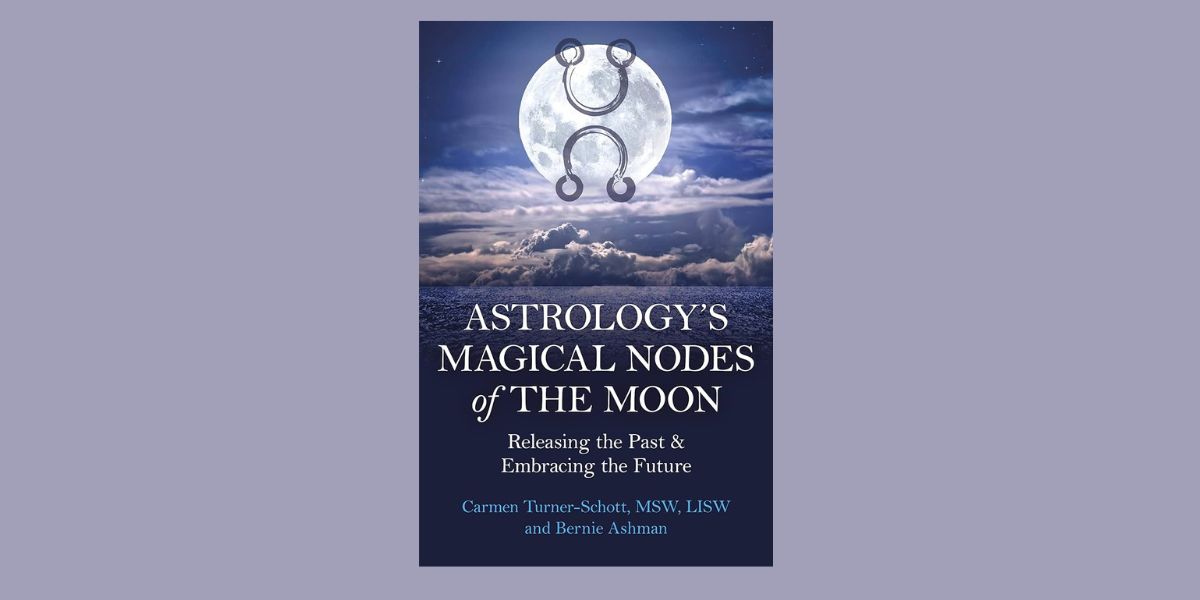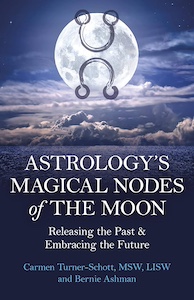
A Return to Radiance: The POWER Method to Ignite Your Soul and Unleash Your Potential, by Becca Powers
New World Library, 1608689344, 280 pages, October 2024
A Return to Radiance: The POWER Method to Ignite Your Soul and Unleash Your Potential by Becca Powers is an inspiring and practical guide for anyone looking to reignite their inner spark and maximize their potential. This book artfully combines personal anecdotes, actionable strategies, and motivational insights to create a compelling roadmap for personal transformation.
“Returning to our radiance isn’t just about uncovering our gifts and talents and letting them loose in the world. It’s about infusing them to every nook and cranny of our lives, from how we rock our day-to-day firing to how we navigate love and leadership.”1
In the introduction, Powers introduces the POWER Method, an acronym that stands for Purpose, Ownership, Wisdom, Energy, and Resilience. The subsequent five sections each delves deeper into one of these core principles. The chapters within the section provide readers with a clear understanding of how to integrate the principle into their lives. Topics covered include create boundaries, aligning actions with values, cultivating faith, enhancing one’s energy, and finally, coming into one’s own radiance.
Powers’ engaging writing style makes these concepts accessible, and her authentic voice resonates with readers who are seeking meaningful change. She often shares her own experiences, from noticing the burnout happening in her own life to sharing how she noticed her parents losing their creative spark to the detriment of their whole family. These personal anecdotes highlight Powers’ empathetic understanding of those she’s serving through the mission of teaching her audience how to reclaim their radiance.
One of the strengths of this book is its balance between heartfelt advice, inspiring wisdom, and guidance about practical ways to incorporate the POWER principles into one’s life. Between the practical exercises and thought-provoking questions that encourage readers to reflect on their own lives and take actionable steps towards their goals, this book is not only motivational, but also a useful tool for personal development.
Moreover, A Return to Radiance stands out for its emphasis on holistic well-being. Powers acknowledges the interconnectedness of mind, body, and spirit, and offers guidance on nurturing each aspect to achieve a harmonious and fulfilling life. Her approach is inclusive and empathetic, recognizing that everyone’s journey is unique and that there is no one-size-fits-all solution to personal growth.
“Alignment with the truth of who you are is the most incredible gift you can give yourself, for it results in the beautiful unfolding of a life filled with passion, potential, and purpose.”2
It was a desire to reconnect with myself that drew me to this book. I had been feeling subpar, as though I was simply slogging through the days without any deeper connection to my why. By working my way through, I noticed an increase in the care I was showing myself. I felt called to acknowledge how many of the clothes I was wearing felt drab and I was neglecting personal care; hence, I decided to donate what no longer felt aligned and spend some time getting my hair styled in a way that better reflects my inner shine. Other changes I made while reading this book were purposely scheduling more time for my creative pursuits and doing a deep-dive into what I truly value. This mixture of tuning into my inter-landscape while also making external choices to match the reflections I was having lead to a major shift. By the end, I did feel like a radiance I had lost was once again sparkling.
One thing I observed while reading the book was its strong “girl power” attitude, which can be incredibly empowering for those who need a little boost of confidence. The book exudes a can-do alpha female vibe, which is perfect for readers seeking motivation and a proactive approach to life. While this energetic and goal-oriented perspective added a touch of pressure for me, it was a welcome push, helping me establish a more structured routine. Powers offers an approve to life-improvement that can happen at your own pace and doesn’t just feel like another task on a “to-do” list; the guidance is all about finding what lights you up from the inside out and letting that guide your path.
Overall, A Return to Radiance is a valuable resource for anyone looking to reignite their passion and unleash their potential. The POWER Method provides a structured yet flexible framework for personal development, and Powers’ genuine, supportive tone makes the journey towards self-improvement both achievable and enjoyable. Whether you’re at a crossroads in your life or simply looking to enhance your personal growth, this book offers the motivational tools and inspiration you need to shine brightly once again.
Alanna Kali is an astrologer, numerologist, and pioneer spirit that loves to explore life through the lens of depth psychology. She has a passion for studying the humanities and social trends. Her academic work is centered upon reuniting body, mind, and spirit through eco-psychology. She loves reading, spending time in nature, and travel.
